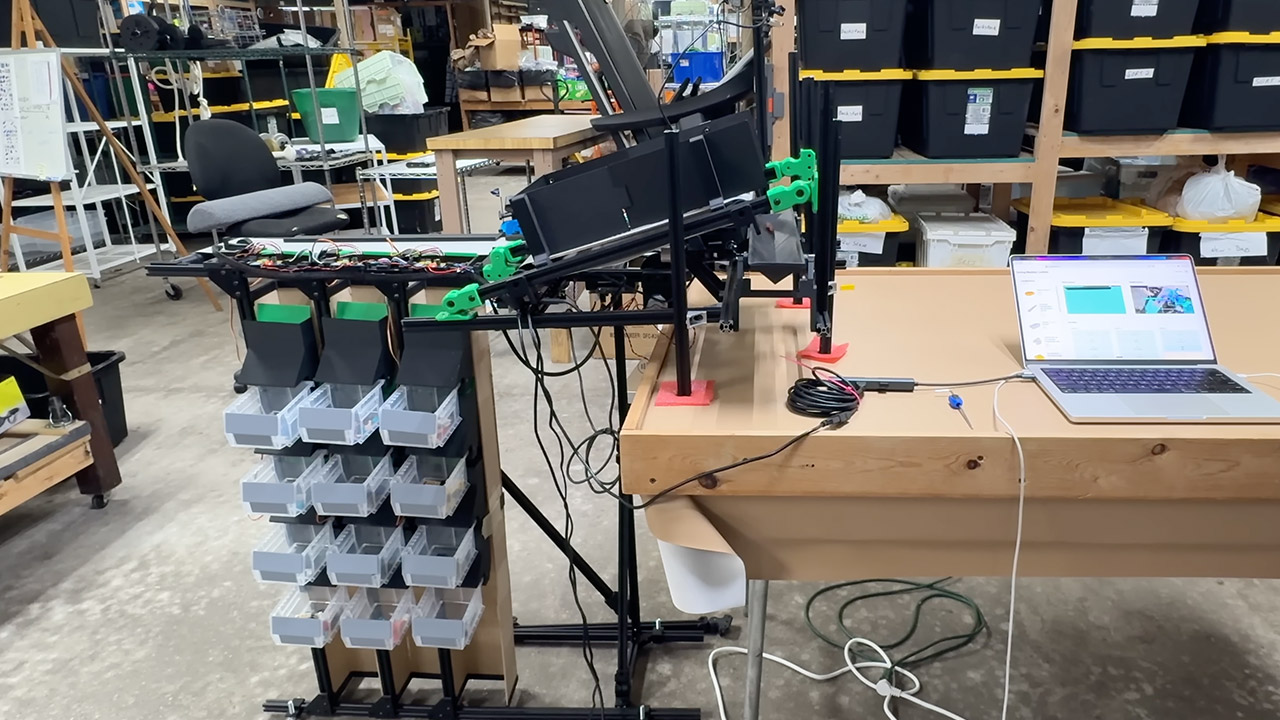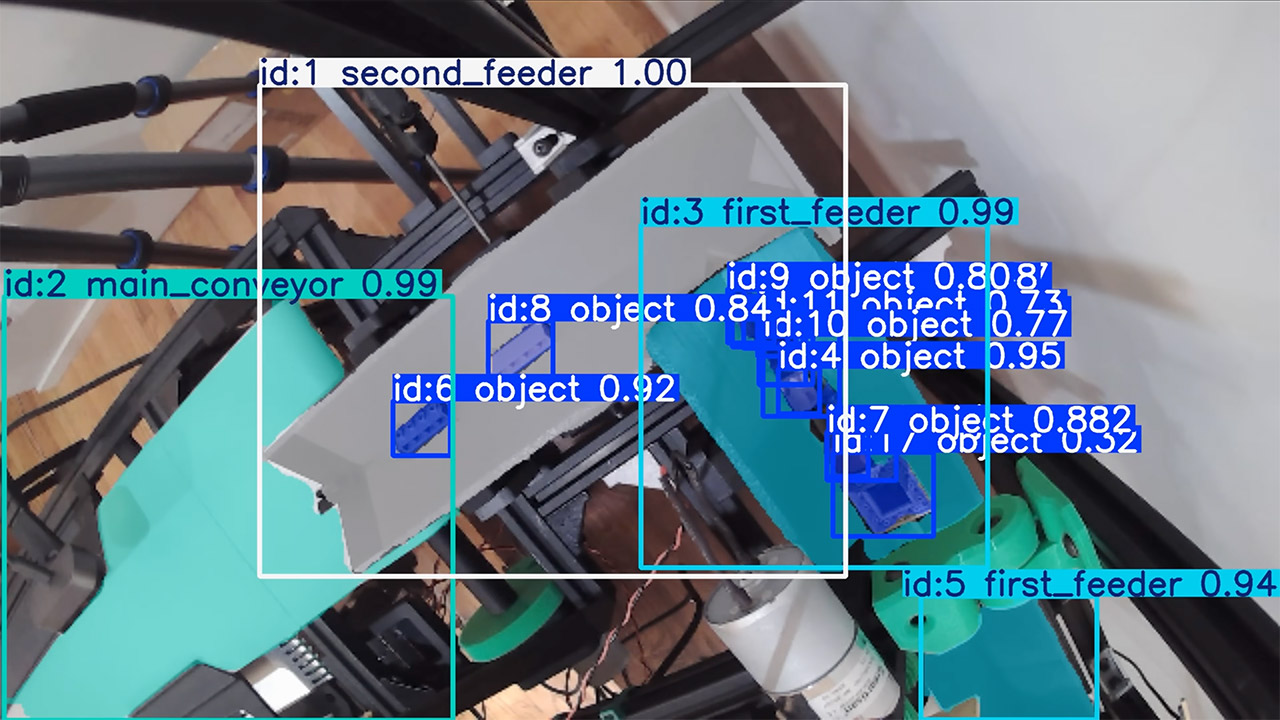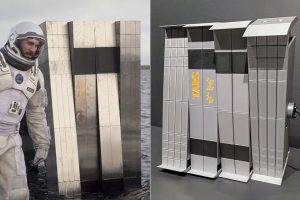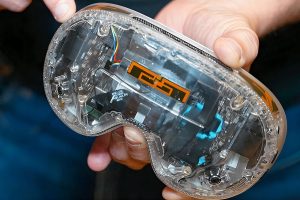One Engineer’s Quest to Tame a Mountain of LEGO Bricks Resulted in This LEGO Sorting Machine


Manual LEGO sorting has always been the barrier to endless building fun. Each piece requires one to look manually, make a decision and then drop into the right pile. Spencer is a software developer / engineer by trade, so he decides to roll up his sleeves and begin designing a machine that could change everything.
The project started back in June when Spencer visited Great Brick Lab, a warehouse filled to the ceiling with unsorted containers. Thousands of pounds of bricks sit there, salvaged from bulk sales and estate sales and ready for resale if someone can sort them. He watches workers sorting through handfuls, identifying duplicates and rarities by eye. YouTube is full of homemade sorters, but most require rare parts or complex setups. He set two rules: each part must come from a regular supplier and the design must be adaptable as needs change.

LEGO Ideas Italian Riviera Building Set for Adults – DIY Home & Office Decor for Men & Women Ages 18+ -…
- LEGO SET FOR ADULTS – Capture the charm of a quaint and colorful fishing village on the Italian Riviera with this detailed LEGO Ideas…
- CONSTRUCT 3 BUILDINGS – Build a gelato store, diving equipment store, and fish market, each representing a colorful slice of village life on the…
- BUILD & EXPLORE – Lift the roofs and upper stories of each building to discover detailed interiors, explore a kitchen where a nonna teaches her…
Feeding bricks into the machine was the biggest challenge from the start. Spencer starts with a basic hopper, a bucket above a slow moving conveyor belt made of glued in rubber flooring strips. The belt moves clumps of bricks forward but singles are elusive. He tries vibration channels, long chutes lined with angled springs that rattle the pieces apart. Early versions shook too hard and blocks flew everywhere. Angles are changed from 45° to 30°, springs are tightened and motors are tuned for a milder pulse. But multiples still slide through and block the passage. Spencer records failure after failure, but a pivot follows, with an overhead camera attached to a laptop running a modified YOLO model. Trained on LEGO shapes, it scans at 15 frames per second to detect jams before they happen. The software pauses the feeder if more than one brick falls out, so singles every time.

Once the feeding is done, the real work begins: categorizing everything. The bricks continue on the main conveyor, which follows a set path under bright lights. As each one passes by, a camera takes a photo and sends it directly to the Recognize API, capable of returning a match from the massive LEGO database in seconds. Spencer then checks the BrickLink database and sorts them out into categories like “red 2×4 brick” or “blue Technic pin”. Any edge instances that are a little tricky get chucked into a bin to be looked at again by a human later.

When a categorized brick is ready to go to its final destination, the small servo motors get to work. Little doors along the conveyor spring open at just the right spot, and then the item shoots off into a slanted chute. Simple stuff, but its dead on. A whole row, column 3? Two doors flick open, and and its home safe. You have a daisy-chain of control boards that can connect up to 750 bins, all of which communicate with the same Arduino brain. Strays are sorted into two random bins: one for components that are faintly identifiable but can’t find a place, and another for junk or mystery parts. It everything fits snugly against a wall, leaving plenty of room for the crucial stuff: the sorted output.

The electronics that tie everything together are basic yet functional, starting with the Arduino which is in charge of everything from how many times the motors move to when the camera takes a pic. There’s a custom printed circuit board that sorts out all the cables, so its just a neat tidy panel instead of a big mess. A normal socket provides electricity, while a laptop runs the vision software, which displays live detection and bin status on the screen. If your collection is becoming too large, you can tap the screen and instruct it to shift things around in real time. The interface is simple, consisting primarily of images and labels that promote experimentation rather than overloading you with options.
[Source]
One Engineer’s Quest to Tame a Mountain of LEGO Bricks Resulted in This LEGO Sorting Machine
#Engineers #Quest #Tame #Mountain #LEGO #Bricks #Resulted #LEGO #Sorting #Machine







